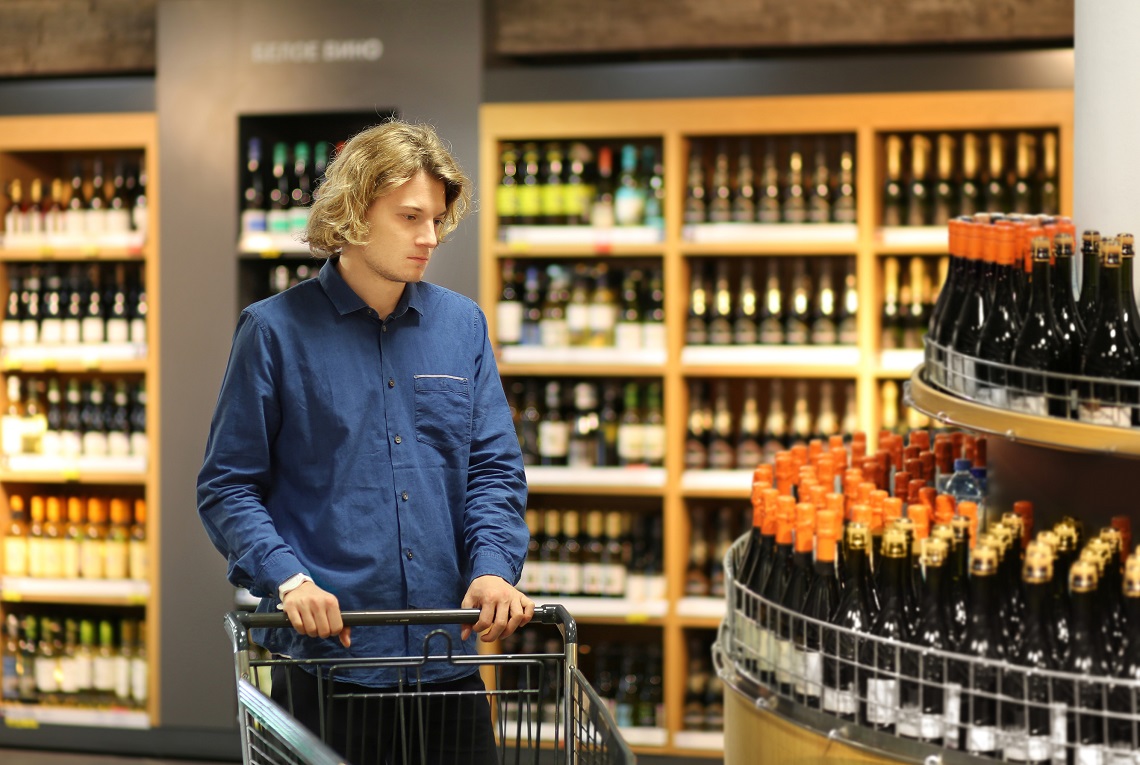Article written by Stephen Wilson, Category and Insights Manager at Strikeforce.
How do customers navigate around your store?
Do they turn left or right when they first enter the store and orientate themselves in the transition zone? Is the home location of each category clearly identifiable?
The amount of ‘noise’ in a retail environment can often confuse customers, hinder the mission and detract from an otherwise positive shopping experience.
Lack of logical store flow and category layout without complementary categories in adjacent bays is a massive turn-off for shoppers.
Shoppers expect to be able to locate categories in similar locations regardless of which retail banner or store they are shopping in, and can find it frustrating when they can’t.
Conversely, a well-planned floor layout and clear and directive signage in-store can really enhance the shopping experience and add incremental value through increased basket spend and advocacy.
Major retailers invest a significant amount of capital and resources in floor and space planning, taking into consideration store footprint, shopper demographics, range and desired traffic flow, to optimise available space and ensure that products and brands that resonate with shoppers are readily available and easily accessible. Shopper type and mission also need to be front of mind.
Let’s focus on Murray for a moment. Murray needs to get in and get out of the store. He wants to make a beeline to his favourite brand of craft beer to grab a six pack and some Prosecco to take to a BBQ. He wants his beer chilled, it is an IPA, and he has a particular brand of Prosecco in mind. He has parked in a five minute zone at the front of the store.
The store manager is well aware of the tight parking restrictions out front and that a large percentage of his shoppers are convenience buyers. Accordingly, clear and concise signage is abundant around the store and directs Murray to the chilled craft beer section of the fridge where IPAs are grouped together and clearly ticketed with brand and price. Chilled wine is across the other side of the store and again clear signage draws Murray to the sparkling wine section where Prosecco brands are grouped together, again well ticketed with brand and price.
Murray is able to make his purchase and leave the store in under five minutes having spent $60, avoiding a parking fine and becoming a happy customer likely to return for his next liquor purchase.
While no two shoppers are the same, understanding shopper clusters and providing the right in-store environment goes a long way to retaining and growing your customer base.
This article originally appeared in the March 2022 issue of National Liquor News.

